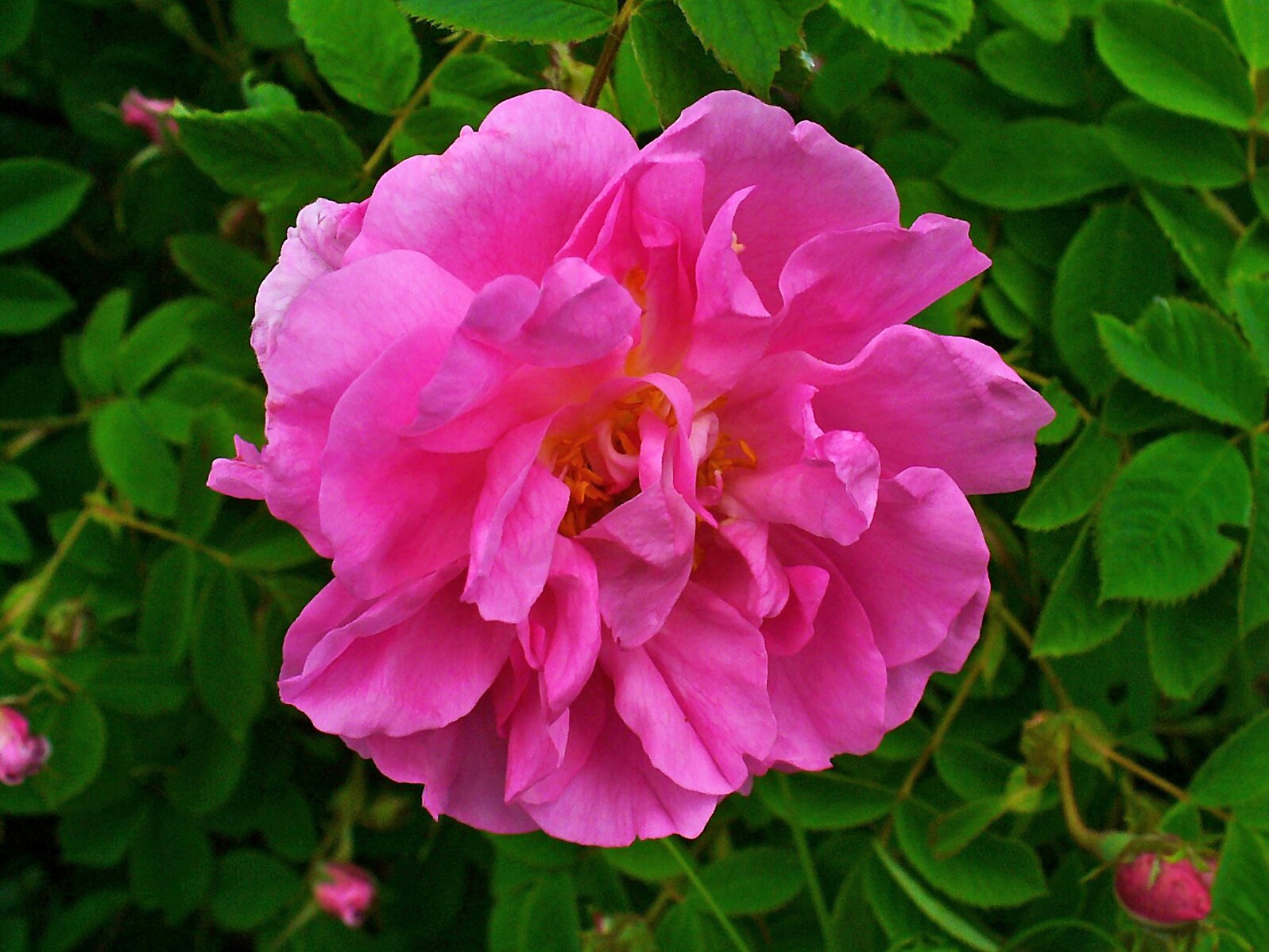
Pau Pámies Grácia, CC BY-SA 4.0
Syria
Damask Rose
Rosa damascena

Pau Pámies Grácia, CC BY-SA 4.0
General Description / Cultural Significance
There are two iconic flowers of Syria: rose and jasmine. Among the roses for which the nation’s capital is famous, the Damask rose (Rosa damascena) is an ancient flower known for its distinct sweet floral fragrance and countless therapeutic and cosmetic uses. Thanks to its addictive fragrance and complex shape, the Damask rose is considered a symbol of beauty, love, and cleansing.
Notorious in works like Greek poet Sappho’s work as the “Queen of Flowers,” Homer’s “The Iliad,” and even being compared to the Greek goddess of beauty, there is no denying the standard and value at which this flower is held.
The village of al-Mrah is the main producer of the Damask rose in Syria. It enjoys colder winters, which promote snow in the mountains that melt and then runs off and into the soil to promote a richer and more fertile landscape. Once harvested, Damask roses are either kept fresh for decorative purposes or sun-dried and brought to perfumers in the old markets of Damascus to render them into fragrances, teas, or rosewater as a culinary flavoring.
Climate Change / Conservation Status
The damask rose has a rather unique upkeep process that local farmers must work extremely diligently to uphold. During the budding process, an almost excessive amount of water is ideal. Once the flower moves from its budding to its flowering stages, the amount of water it receives should be cut back to avoid waterlogging that might smother or otherwise drown the plant.
Before international conflict ensued in 2011, production of the plant was down to a science, and the number of Damask roses cultivated and harvested remained consistent. Water would be heavily introduced until the sight of flowering where they leave them be to absorb excess moisture and nutrients without potential dilution from any additional water.
Since this time, however, numbers have steadily begun to decrease as civilian focus is directed more toward economic and infrastructural recovery. In addition to ongoing conflict, climate change has caused Syria to fall victim to a major drought undermining economic development and social stability. The country continues to face major economic hardship as a consequence of climate change.
Alternate Names
- Autumn Damask
- Damascena bifera
- Damask rose
- Four Seasons Rose
- Perpétuelle semi-double
- Rose de Castile
- Rosa gallica
- Rosa Damascena perpetua
- Rosa Damascena Polyanthus
- Rosa Damascena semperflorens
- Rosa fedtschenloana
- Rosier de Tous les Mois
- Rosa menstrualis
- Rosa moschata
- Rosa racemosa
- Rose of paestum
- Rosa Italica Ferrari
- Rosier des Quatre Saisons
- Rosier du Calendrier
- The Mission Rose
- Monthly Rose
- Quatre Saisons
- Quartre Saisons Tous-les-Mois
- Year-round Rose
Sources
Boskabady, Mohammad Hossein, et al. “Pharmacological Effects of Rosa Damascena.” Iranian Journal of Basic Medical Sciences, U.S. National Library of Medicine, 14 Aug. 2014, www.ncbi.nlm.nih.gov/pmc/articles/PMC3586833/.
Mhamad. “Damask Rose, Ambassador of Peace and Love from Syria to the World.” Syrian Arab News Agency, SANA, 21 May 2023, sana.sy/en/?p=309026#:~:text=Among%20the%20roses%2C%20for%20which,of%20Syria%20to%20the%20world. “The Damask Rose… Development and Culture.” Syria Trust For Development, 18 May 2023, www.syriatrust.sy/en/news/13.

